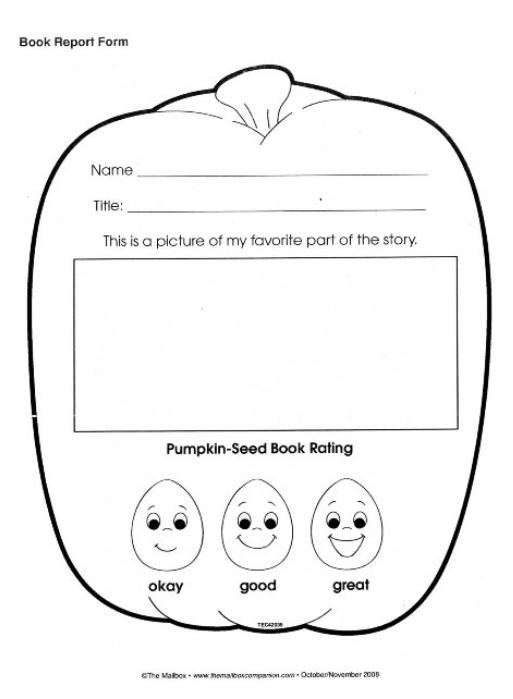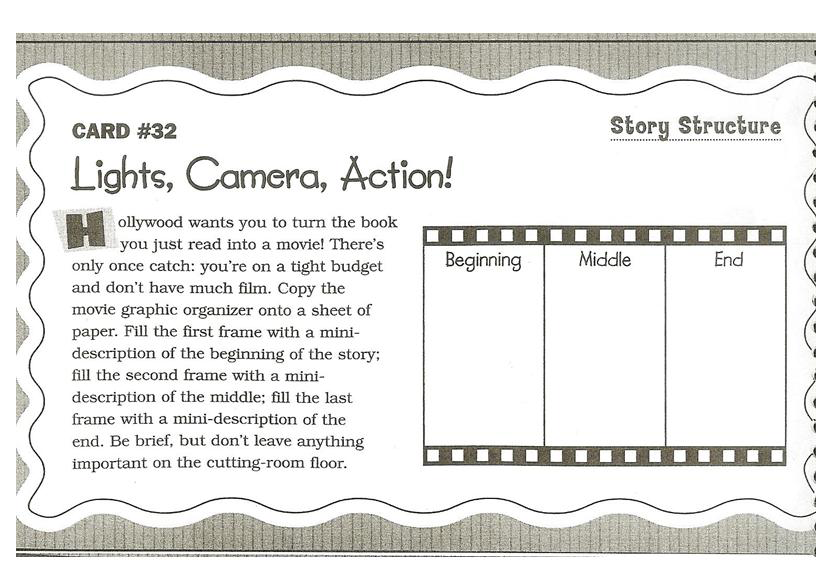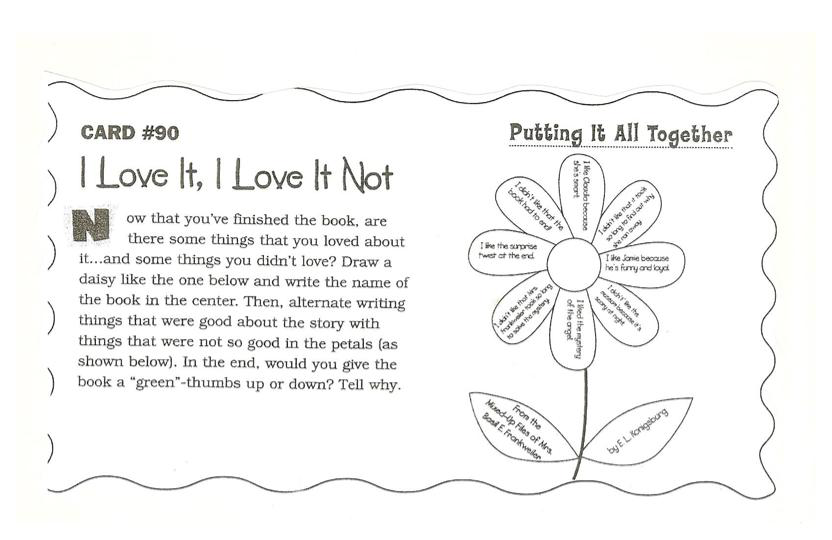Handout 1
Handout 2
How to work with readers













---------------------------------------------------------------------
IN-SERVICE TRAINING COURSE
10 FUN AND ENGAGING ICE-BREAKERS
Another school
year has just begun and everything is ready once again! It is now time to get
to know your new classes and establish good rapport with all your students. The
activities below will help break the ice, boost their motivation and, more
importantly, engage students into a more active learning mode.
1) NAME & SIGNATURE MOVEMENT
Students stand
up in a circle. Each student says “Hello. My name is …and then thinks of
a step, a bow, a gesture that will be used to identify him/her. This signature
movement is a simple action unique to them. Every students thinks of his/her
movement and sound. They must think of something simple and unique for each
student such as a hand clap, a funny gesture, a spin, etc. You can lead the way
by inventing your own movement signature and then you can encourage the rest of
the group to think of something different.
As a follow -up
task and, once each student in the class has presented their unique movement
signature, encourage the group to try and remember their partners’ signature
movement signature, one by one.
2) THAT’S TRUE ABOUT ME!
Students fill
in a card with true information about themselves. They should not include their
names on the card.(see a sample card below).
Collect the
cards and shuffle them. Take one at random and read one of the lines on the
card.
Students listen
and they have to stand up and say “That’s true about me! if what you say is
true about them.
Sample Card:
I love
eating………………………………………….……
Every weekend I
…………………………………….…
My favourite
school subject is…………………..
Remember to
adapt the range of topics and structures to suit the different levels of your
new groups.
3) TWO THINGS IN COMMON
Students work
in pairs. They have to find two things they have in common.
Write a couple
of topics on the board and students ask each other questions about the topic in
order to find the things they both like, do, eat, play, etc.
Topics:
FOOD YOU EAT
SPORTS YOUR
PLAY
GAMES YOU PLAY
TV PROGRAMMES
YOU WATCH
Suggested questions
Do you like…..?
Do you play….?
Do you watch….?
4) GUESS WHO!
Design a card
which students have to complete with information about themselves.
Collect all the
cards, shuffle them. Take one card at random and read all the information on
the card.
Students listen
attentively and think who that student is.
5) ALL ABOUT ME
Students choose
a number – a colour – a city – a name – an animal – a school subject, etc that
are special to them. They write these words on the board on the board. The rest
of the class reads the words and has to guess why he/she has chosen those
words. For example, if students write JUAN for the name, the class can ask:
Is Juan your
dad?
Is Juan the
name of your best friend?
Is Juan in this
school, etc?
Sample:
T
GEORGE
W
LONDON
O
BLACK
PIZZA
You can always
present this activity for pair work too.
6) A PIC OF MY HOLIDAYS
Students choose
a funny/crazy photo from a magazine and stick their face onto one of the people
in the photo or they may also add their photo to the scene. Students use the
picture to describe their holidays: they say where they are, who they are with,
how they are feeling, what is happening, etc. More advanced groups make up a
simple story reviewing the past tense.
To add a tech
tool, students may choose a pic from google images or from www.photofunia.com and invent
their own scenarios.
7) UNFINISHED SENTENCES
This activity
is ideal to get to know your students and it is 100% adaptable to all
levels and ages.
Students have
to complete some sentences with true information about themselves. Get students
to read their sentences to a partner first and then to the rest of the class.
As a follow-up
you can conduct class surveys to check how many students like a type of food,
or play a certain sport, etc
Suggested
sentence frames
My favourite
computer game is…………………………………………………
I hate
…………………………….. because …………………………………………
I
play…………………………………………………………………………………………..
My best
friend…………………………………………………………………………….
I am always
happy when…………………………………………………………..
I get nervous
if ………………………………………………………………………….
8) CROSSWORD NAMES
Ask students to
create a crossword puzzle with their own names. They write their first name
down the centre of a piece of lined paper. Students then add hobbies, colours,
pets, personal traits to each letter of their names.
To make it more
challenging, students can create a puzzle with their name + surname!
B
|
A
|
S
|
E
|
B
|
A
|
L
|
L
|
||||
N
|
E
|
A
|
T
|
||||||||
D
|
O
|
G
|
|||||||||
Y
|
E
|
L
|
L
|
O
|
W
|
||||||
9) BACK TO SCHOOL
BINGO
Use the Bingo
Grid attached with other extra materials.
To review
vocabulary, you can always start with a brainstorming session. Give students
two minutes to jot down all the words they remember related to school. Topics
may include school life, teachers, parts in a school, people in schools, school
objects, etc.
Ask students to
read their lists and write the words students say on the board. Ask students to
choose 9 words at random and to copy those on their grids.
You can then
choose 9 words – one by one – by drawing a circle round each of them or you can
always prepare slips of paper with all the words and place them in a bag. Call
different students to draw slips out of the bag and it is Bingo time!
10)
ACT THE
SENTENCE
This activity is ideal to
teach/review useful classroom language expressions that students need every
day.
Examples:
· I need a blue
pencil/ a ruler.
· I don’t
understand.
· Can you repeat
that?
· May I go to the
toilette?
· I can’t find my
……
· I have a
headache.
Prepare slips
of paper and put them on up on display on the board. Encourage students to
repeat each and mime the action/expression.
Call a student
to the front, whisper into his/her ear one of the expressions on the board. The
student “act the sentence” without saying a word. The rest of the class has
to guess which expression he/she is miming.
--------------------------------------------------------
--------------------------------------------------------
Handout 2
How to work with readers
Samples for Book Logs and Book Reviews
Different tasks focused on plot, setting and characters
BIBLIOGRAPHY
- Charlesworth Liza, 2001. 100 Awesome Writing Prompts to use with any book. Scholastics.
- Farrell, Thomas S.C. 2009. Teaching Reading to English Language Learners. A Reflective Guide. Corwin Press.
- Taylor, Geraldine 2010. Help your Child Learn to Read. Ladybird Books. Pearson.
- Van Zile, Susan 2001. Awesome Hands on Activities for Teaching with Literary Elements.Scholastics.
---------------------------------------------------------------------
IN-SERVICE TRAINING COURSE
A WORLD OF RESOURCES
HANDOUT 3 – 2013
Part A – Theoretical Background
What are teaching / learning resources?
A resource is anything that can assist the
teaching/learning process, either human or material. This would include: pupils
themselves, equipment, objects, text-based materials, visual materials, etc.
Resources can be:
ü bought by you and your
students (pencils – books – glue , etc);
ü collected by you or
your students;
ü made by you or your
students ( flash cards – board games- puppets, etc);
ü donated free by
companies (books – posters – visual aids, etc);
ü people (you – other teachers – students, etc).
Involving children in making and managing resources
Children learn directly through first-hand
experiences, such as observing and recording information about the world around
them and through practical activities like action games and making things.
Language accompanies or grows out of the experience and the activity. This type
of work enables students to associate meaning to words. The focus is on meaning
and there is rich input for language learning.
If children are involved in making resources
for later use in class, they will feel more interested in using them and in
taking care of them. The activity will provide more opportunities to practise
language in everyday situations.
Students can be involved in making some of these resources:
ü Posters
ü Puppets
ü Mini cards
ü Board games such as
dominoes, memo tests, etc.
ü Spinners, etc.
Making and using your own resources
Very often teachers make their own resources
to suit the specific needs of a group and design made-to-measure worksheets to
consolidate the language practised earlier in the week.
It is important to bear in mind that all
resources that teachers make cost money, time and effort. Before making them
teachers must make sure the resource is worth the time, money and effort
invested in it.
Check the list of points below teachers could
ask themselves when selecting or making learning resources:
ü Is this resource
appropriate for the purpose of the lesson?
ü Is the time in making
the resource justified?
ü Is the resource easy to store?
ü Will it engage
students for s sufficient length of time?
ü Is it cheap to
buy/make?
ü Is the resource
productive?
ü Can children be
involved in making it?
ü Will children’s
language learning benefit from making or using it?
In the in-service training session two different resources usually made
by teachers were compared and analyzed:
-
a worksheet to recycle a specific area of vocabulary
or grammar point
-
and a spinner.
In the case of the worksheet, the aim is clear
and straightforward: to give more practice in a vocabulary/grammar area so that
students keep a record in their notebooks and have individual practice.
As to the spinner, students can be asked to
make one and, once the spinner is
ready, many tasks can be included:
Students give the spinner a spin and when it
stops spinning students can
-
say what they see in the visual;
-
describe what they see;
-
say if they like or do not like the object/animal/activity
in the visual;
-
ask another student a question about the visual;
-
give a sentence using a specific grammatical structure
(have got – has got – simple present – present continuous, etc).
Making a spinner is a “hands-on” practical activity and therefore, it is
ideal for language learning provided it involves using language.
NB
Very often the way teachers design a worksheet
makes it fixed to one task in particular. This, of course, limits its
flexibility: in most cases the worksheet is used for a specific lesson once it
has been completed there is not much further use for it. In order to avoid this
teachers should try, whenever possible, to think of some other mini tasks/aims
to be added to the main task/aim in the worksheet. Here are some suggestions to
exploit worksheets.
Ideas to
exploit worksheets
When a specific worksheet is used in a
lesson, students usually work orally and then they complete the written task in
the sheet. In order to use the same worksheet for more than one purpose. teachers can:
· refresh
the topic in the following warm-up by using the same worksheet;
·
ask students to read sentences or
spell words presented in the worksheet;
·
play guessing games based on the material
presented in the worksheet;
·
leave room for students' own examples in the
worksheet you design.
Examples: if the worksheet presents an area of
vocabulary such as toys, teachers can include a couple of toys and then leave
some empty space for students to draw two other toys that have not been
included by their teachers. If the worksheet presents sentences to complete or
questions and answers to match, teachers can always leave enough room for
students to think of and include their own examples.
Part B –
Practice
This second part presents a selection of games and
tasks with different types of resources such as magazines, a die, newspapers,
bottles, flashcards, etc.
What can you do with magazines?
Magazines can be used to present
and recycle tons of vocabulary areas or grammatical points.
Most magazines contain glossy and
colourful visuals about people, clothes, food, everyday objects, landscapes,
actions, sports and so on.
Some recommended activities
include:
·
Celebrity
Comparison (students choose two celebrities and compare
their lives, nationalities, age and professions).
·
A search
for words (students
cut out letters and make words).
·
Birthday
presents (students
choose an ideal present for a friend, a relative, and give reasons for their
choices).
·
See what I
think (students
cut out a big head of a boy or girl or animal and stick smaller pictures inside
the head to show what each is interested in.)
·
Imagine (students
are asked to imagine a new life for a person or they are asked to cut out a
picture of a person, a place, a means of transport, an object, and to create a
story with them).
What can you do with flashcards?
§ Read my
forehead (students
work in pairs. Each student gets visual they cannot see. Each student sticks
the visual on the forehead and asks his/her partner questions in order to guess
the word stuck on his/her forehead). This game can be played with visuals of
objects (toys – food – classroom objects) or
characters in the book).
§ Listen and
sit down (The
teacher prepares a story, chooses some words or visuals related to the story
and writes each on a card. These cards are distributed among students. The
teacher read the story aloud and the student whose card shows or contains a
word from the story or an element of the story has to sit down on the floor.
Example: My best friend is Susan. She is 9. Her favourite toy is her teddy
bear. She likes ice cream but she doesn't like vegetables. Cards: Susan – 9 –
teddy bear – ice cream – vegetables. As a follow-up students can reconstruct
the text given.
§ Ready,
steady, say. (Teachers prepare two sets of visuals. The visuals
are placed face down on a table. Two students come to the front .The teacher
says “Ready, steady, say!” the students pick a card from a set, look at the
visual and say the word. The first to say the word is the winner.)
FUN ACTIVITIES - What can you do bottles and newspapers?
§ Bottle
game. Empty
plastic bottles are needed. Students sit in a circle. The bottle is placed in
the floor in the centre of the circle. The teacher gives the bottle a spin.
When the bottle stops spinning, the student facing the top of the bottle gives
a command or asks a question to the student sitting opposite him/her.
§ Balls Galore. Newspaper sheets are needed.
Teachers write words or jumbled sentences on a double newspaper sheet and make
a paper ball with each sheet. The balls are tossed in the air. Students are
divided into groups. Each group tries to grab a ball. They open the sheet, find
the word or words written on it and make a sentence with the word or find a
logical word order to the words they find.
Ideas to
exploit the coursebook
The course book shared by a group is obviously a very
important resource.
Teachers use the book to present new language. It is
important to bear in mind that the texts and visuals can and should be
reused with different aims in order to exploit the book to the full.
Some suggestions include:
- Trivia
questions: students love trivia games. A list of questions about different
units in the book can be prepared. Students work in groups. The first group to
answer all the questions correctly is the winner.
- Memory games:
students look at a visual for a minute. Then, they close the book and have to
reconstruct the visual by describing it to a partner.
-Vocabulary
lists: students work in groups and choose a visual. They make a list of all
the things they can see in the picture. The group with the longest list wins.
CONCLUSION
A broad view of resources means that virtually
anything can count as a resource as long as it assists the teaching/learning
process. Resources have the potential to create the learning environment which
supports children's language learning: an environment which is attractive,
stimulating and involves children through a variety of senses in meaningful
language-learning activities. If teachers allow children more involvement in
the making and management of resources there are many benefits for language learning.
BIBLIOGRAPHY
Philips, Sarah (1993) YOUNG LEARNERS. Oxford: Oxford
University Press.
Moon, Jayne (2000) CHILDREN LEARNING ENGLISH.
Taylor, Jon (2001) THE MINIMAX TEACHER. Delta
Publishing.